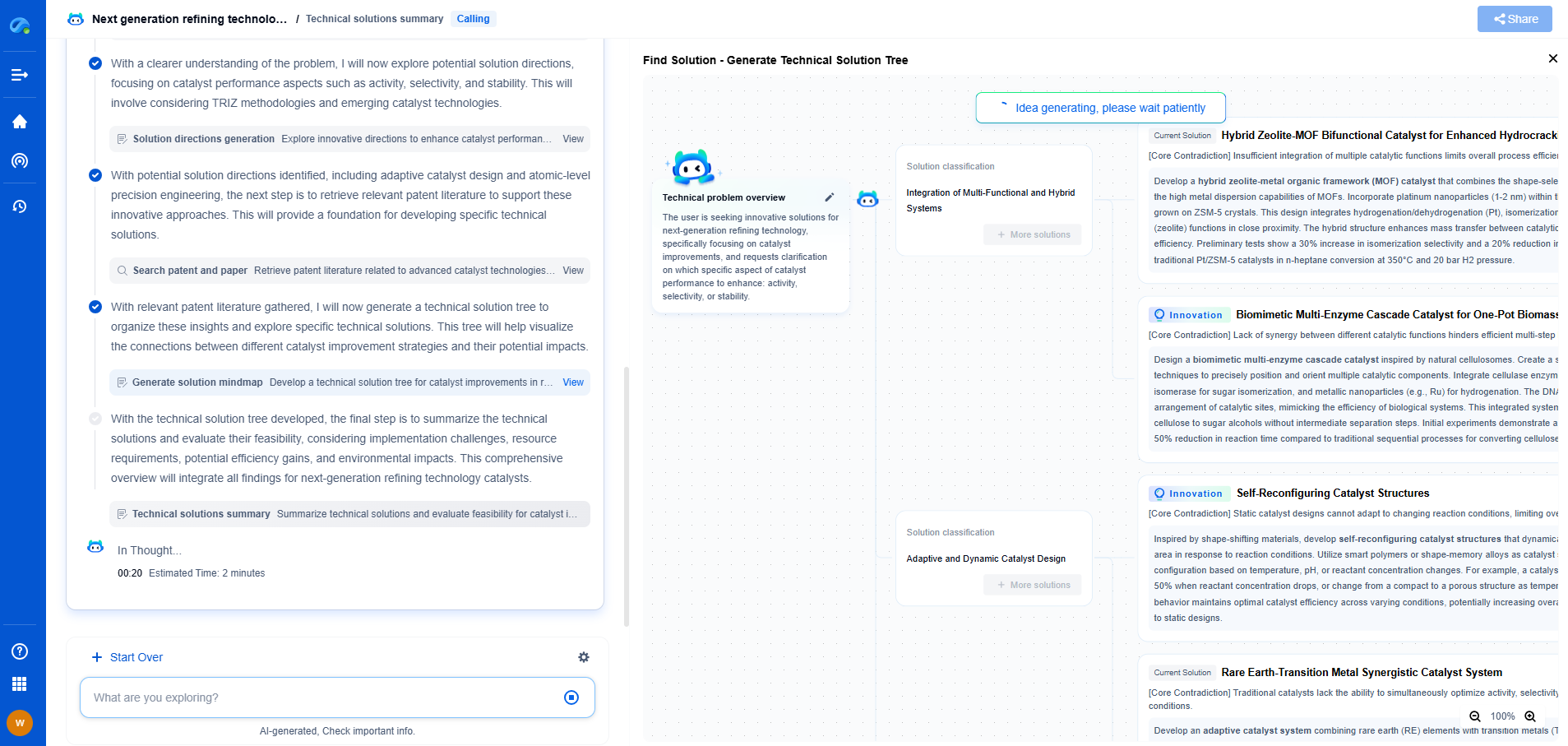UV-curable resins are polymer materials that undergo rapid crosslinking when exposed to ultraviolet (UV) light, typically in the 200–400 nm range. These resins contain photoinitiators that generate reactive species upon UV exposure, triggering polymerization without heat. Used in coatings, adhesives, 3D printing, and electronics, they offer fast curing, low VOC emissions, and excellent adhesion and chemical resistance. Their properties can be tailored by modifying resin type, monomer composition, and photoinitiator system.
Understanding the Chemistry of UV-Curable Resins
At the core of UV-curable resins lies a unique chemistry that enables them to harden or cure almost instantaneously when exposed to ultraviolet light. These resins typically consist of oligomers, monomers, photoinitiators, and various additives.
Oligomers and Monomers: The Backbone of UV-Curable Resins
Oligomers are the backbone of UV-curable resins, providing the primary structural framework. They are often combined with monomers, which act as reactive diluents, to adjust the viscosity and reactivity of the final formulation. Epoxy acrylates, polyester acrylates, and urethane acrylates are common oligomers used in UV-curable systems. The choice of oligomer and monomer can significantly influence the mechanical properties, adhesion, and flexibility of the cured material.
Photoinitiators: Triggering the Curing Process
Photoinitiators are essential components in UV-curable resins, responsible for initiating the polymerization process when exposed to UV light. Upon absorption of UV radiation, photoinitiators decompose into reactive species that start the cross-linking reactions between oligomers and monomers. Different photoinitiators are selected based on the required curing speed, depth of cure, and the specific spectrum of UV light being used.
Selecting the Right Equipment for UV-Curing
Choosing the appropriate equipment for UV-curing processes is essential to ensure efficient and effective application. Several factors must be considered, including the type of UV lamp, the curing speed, and the compatibility with the resin system.
Types of UV Lamps
There are several types of UV lamps used in curing systems, each with its own advantages and limitations. Medium-pressure mercury lamps are traditional choices, offering a broad spectrum of UV light. However, LED UV lamps are gaining popularity due to their energy efficiency, lower heat generation, and longer lifespan. When selecting a UV lamp, it's crucial to ensure it matches the absorption spectrum of the photoinitiators in the resin.
Curing Speed and Process Optimization
The curing speed is a critical factor in production efficiency. It is influenced by the intensity and wavelength of the UV light, the distance between the lamp and the substrate, and the formulation of the resin. Optimizing these parameters can lead to faster curing times and improved product quality. In some cases, inert atmospheres or additional heat may be used to enhance the curing process and reduce oxygen inhibition.
Ensuring Compatibility with Resin Systems
Not all UV-curing equipment is compatible with every resin system. Test the resin with the selected equipment in controlled conditions to ensure it meets the desired performance criteria. This includes evaluating adhesion, hardness, and resistance to environmental factors such as moisture and chemicals.
Advantages and Applications of UV-Curable Resins
The rapid curing times of UV-curable resins offer significant advantages over traditional curing methods, leading to increased production speeds and efficiency. Additionally, these resins often have a lower environmental impact due to reduced volatile organic compound (VOC) emissions. They are widely used in industries such as automotive, electronics, packaging, and healthcare.
Conclusion
UV-curable resins represent a state-of-the-art technology that combines innovative chemistry with advanced equipment. By understanding the chemistry involved and carefully selecting the right equipment, industries can leverage the benefits of UV-curable resins for a wide range of applications. Continued advancements in resin formulations and curing technologies promise even broader adoption and improved performance in the future.
UV-Curable Resins: Chemistry and Equipment Selection Guide
JUL 3, 2025 |
Transform Polymeric Innovation with Patsnap Eureka
From biodegradable polymers to high-performance composites, the world of polymeric compounds is evolving faster than ever—driven by the demands of sustainability, functional customization, and global IP competition. Whether you're exploring novel copolymer architectures, optimizing polymerization techniques, or tracking material patents in bioplastics, time-to-insight is everything.
Patsnap Eureka, our intelligent AI assistant built for R&D professionals in high-tech sectors, empowers you with real-time expert-level analysis, technology roadmap exploration, and strategic mapping of core patents—all within a seamless, user-friendly interface.
Whether you're working on next-gen packaging films, bio-based resins, smart polymers for electronics, or new thermal-resistant composites, Eureka accelerates your journey from idea to patent to product—with unmatched clarity and speed.
🔍 Experience how Eureka can power your polymer R&D with AI intelligence—start your free trial today and unlock the future of materials innovation.
- R&D
- Intellectual Property
- Life Sciences
- Materials
- Tech Scout
- Unparalleled Data Quality
- Higher Quality Content
- 60% Fewer Hallucinations
Browse by: Latest US Patents, China's latest patents, Technical Efficacy Thesaurus, Application Domain, Technology Topic, Popular Technical Reports.
© 2025 PatSnap. All rights reserved.Legal|Privacy policy|Modern Slavery Act Transparency Statement|Sitemap|About US| Contact US: help@patsnap.com

